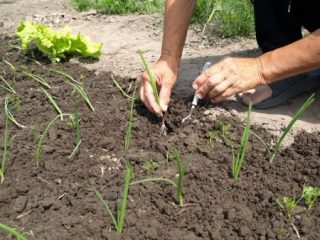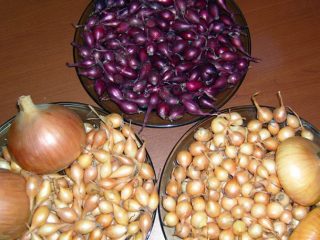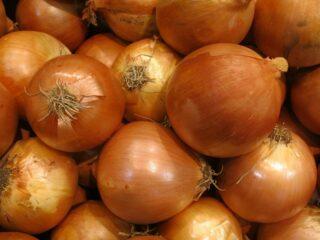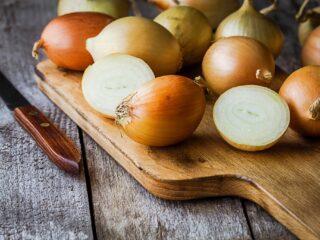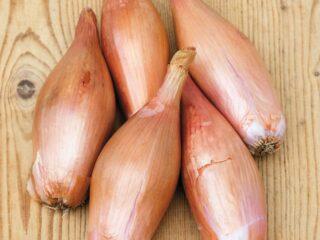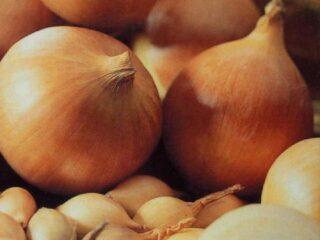Content
The State Register of Breeding Achievements of Russia includes 400 onion varieties. In temperate climates with cold weather typical of winter, it is advisable to grow turnips from sets. Domestic vegetable growers consider the Rumba hybrid onion to be the most suitable for planting for winter.

The hybrid form of onion Rumba is bred for cultivation in areas with unfavorable climatic conditions
Breeding history
The Rumba variety is a product bred by breeders of the British-Dutch company Allium Seeds UK LTD. The company has a narrow specialization: it develops onion hybrids for industrial production and farms. In a short time, the new product gained popularity not only in the UK, but also in many European countries.
In 2014, the Rumba variety was included in the register of breeding achievements of the Russian Federation and recommended for cultivation in the Black Earth Region, the North Caucasus region and more northern regions of the country.
Description of onion variety Rumba
Rumba is a medium-ripening onion variety.The garden crop consists of smooth spherical bulbs with dense golden-red husk. The number of covering scales is from 4 to 6 pieces. Bright green feathers are covered with a bluish glossy coating. On average, the weight of the bulb is 100-225 g, but under favorable conditions it can reach 500 g.
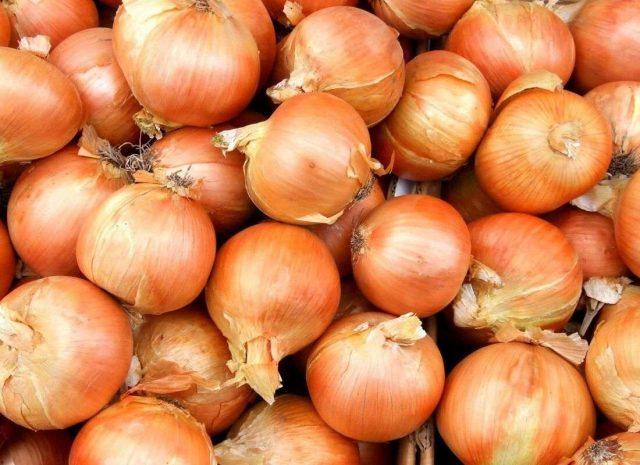
The outer scales of the Rumba onion fit tightly to the head, reliably protecting the delicate pulp from the effects of negative external factors
Characteristics of Rumba onion set
Like many hybrid varieties, Rumba onion has a number of features that are the result of targeted selection. Significant commercial qualities of garden crops are taste, yield, shelf life and versatility of use.
Taste
The pulp of the Rumba onion is white and very juicy. In its raw form, the variety has a pronounced spicy-sweet taste. Like other varieties of onions, Rumba contains a rich complex of vitamins.
Rumba onion yield
The Rumba variety is a high-yielding variety. The crop grown for mass consumption brings 150-300 centners per hectare. In particularly favorable conditions, the yield can reach 500 c/ha.
Keeping quality
At the time of harvesting, approximately 94% of the heads are mature. To achieve final maturity, the onions are kept for 3-4 weeks. The harvest, cleared of soil, is sorted, selecting damaged and deformed bulbs. Like all yellow onions, the Rumba variety stores well for a long time. Its commercial qualities remain unchanged for nine months.If a comfortable microclimate is maintained, the shelf life of Rumba onions approaches 98%.
The following conditions are considered favorable for safety:
- temperature from 0 to 3 0WITH;
- darkness of the room;
- lack of a heat source in the immediate vicinity;
- constant ventilation.
When preserving the harvest on an individual farm, it is undesirable to keep onions in proximity to other vegetables. For long-term preservation, the heads should be placed in perforated containers or cardboard boxes. Also effective is the storage method that has been used for centuries: in hanging nets or linen bags.
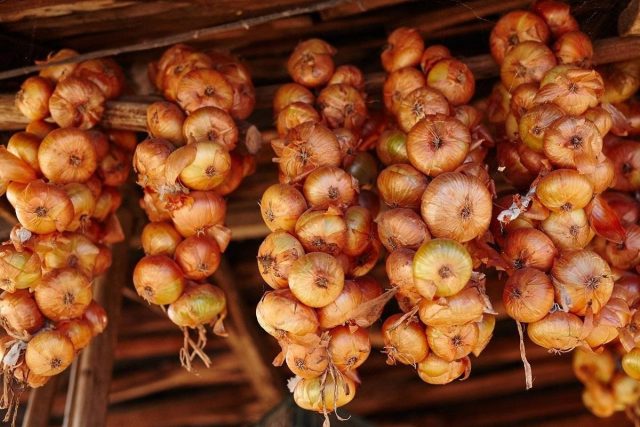
The optimal way to store Rumba onions is in hangers
Application
Rumba onion is widely used in cooking in the preparation of meat and fish dishes, side dishes, and various salads. Housewives add slices to canned preparations for the winter to add a spicy flavor. Exotic recipes for onion jam and onions in wine, where the aromatic vegetable serves as the main ingredient, are popular.
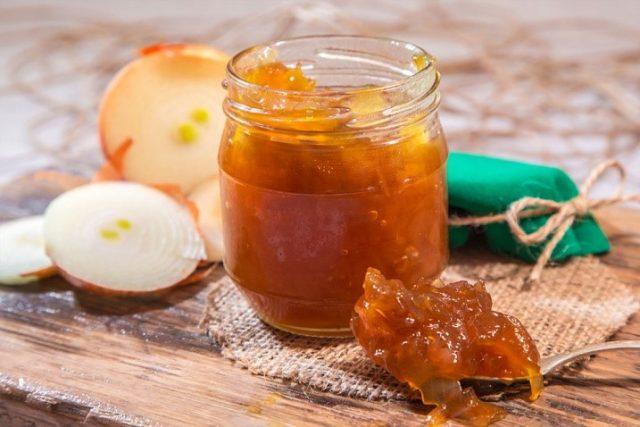
According to culinary experts, onion jam is ideal for meat dishes.
Growing regions
The distribution area of the Rumba variety is wide: all areas located in subtropical and temperate climatic zones.The vegetable crop is recommended for cultivation in the northern regions. When cultivated in cold climates, minor yield losses are observed. Slightly acidic sandy loam and loamy soils are most suitable for growing Rumba onions.
Advantages and disadvantages
Rumba onion has excellent taste. The hybrid crop is resistant to cold, which makes it possible to grow it in most regions of the country.
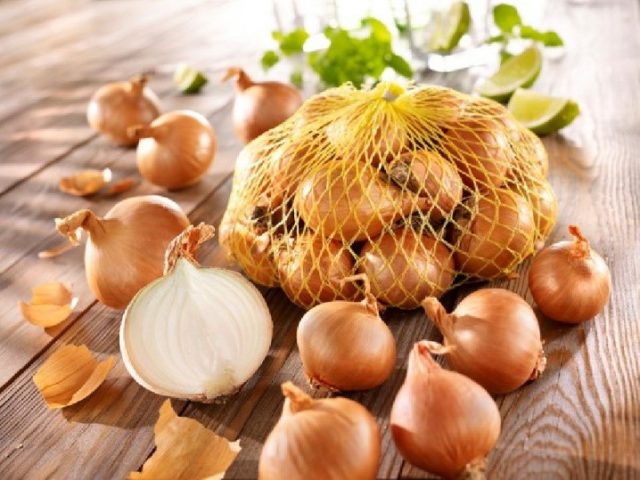
Vegetable growers highlight the ability of the Rumba variety to maintain high consumer properties for 7-9 months
Pros:
- unpretentiousness, caring for planted plants is simply simple;
- high productivity;
- lack of tendency to shoot;
- formation of large, strong heads.
Minuses:
- the need for loose nutritious soil, depleted and heavy soil is the reason for the crushing of the heads;
- susceptibility to infection with peronospora, neck rot, mosaic, nematode.
Features of cultivation
A significant advantage of the variety is the possibility of its use for both winter and spring planting. At the same time, agricultural technicians warn that onions should not be planted in the same place for more than 3-4 years.
In the first year, onions are sown as seeds. The resulting seeding is planted for the next season to produce onions.
Experienced vegetable growers advise focusing on the following planting dates:
- southern regions - late March or early April;
- central Russia - mid-April;
- regions of Siberia and the Urals - early May.
Winter crops are planted three weeks before frosty weather sets in. In the south, this time coincides with the beginning of November, in other areas it occurs in mid-October.
Seeds can be sown directly into the ground or cultivated using the seedling method. When preparing planting material, nigella is treated with a weak solution of potassium permanganate and soaked in Zircon or Epin to stimulate growth. Rumba seeds are germinated in a damp cloth, placed in a warm place.
Dried nigella is laid out in grooves at a distance of 25-30 cm. When planting in open ground, mulch is carried out or the bed is covered with agrofibre. Sevok is treated only with manganese solution, no stimulant is used. Small bulbs are planted to a depth of 5-6 cm at a distance equal to the length of the foot. At the beginning of growth, the Rumba crop needs abundant watering; subsequently, irrigation is organized as needed.
Diseases and pests
The garden plant is resistant to infections and pests. Rumba exhibits a high level of immunity to rust, fusarium, yellow dwarfism, and white rot. Downy mildew (peronosporosis), neck rot, and mosaic are considered dangerous for the variety. Onions can also be damaged by nematodes.
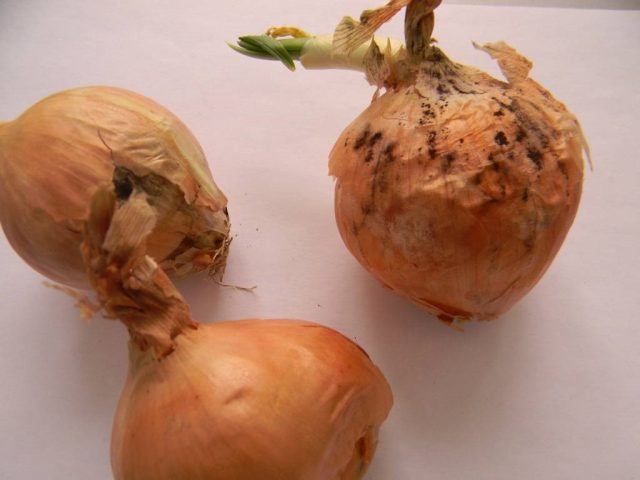
Rumba onion heads affected by infection should be disposed of; the disease cannot be cured
Conclusion
The Rumba bow occupies a special place among other hybrid forms. It has high productivity, resistance to diseases and pests.Summer residents, farmers and consumers value the variety for its large heads, which retain excellent quality for a long time, and its spicy, spicy-sweet taste.
Reviews of Rumba bow
